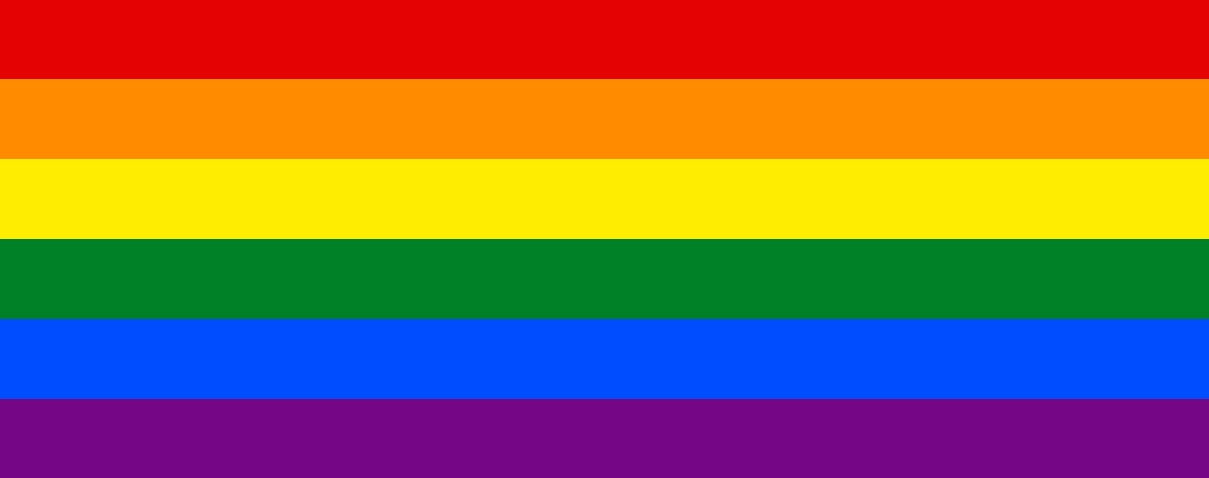Last year ITS rolled out a drop-down set of pronoun choices to students in MySwarthmore. What’s up with pronouns? Pronouns are simply the way you like to be referred to. Seem simple? You may be accustomed to your preferred ones — she/her/hers? he/his/him? But what if that weren’t how you wanted to be addressed? What if they/them/theirs made more sense? Or something else?
Here are the three changes to consider:
1) It’s the beginning of a new academic year: please add something small to your email signature — your pronouns. Why? It shows you are aware and willing to think outside he/she. Chances are a lot of your next questions (including “What would that look like?”) will be answered on the Swarthmore College gender pronouns page.
The second takes about 4 seconds (I’ve timed it):
2) If you are involved with speaking to groups of folks on campus, it can make a big difference to start your session/class/discussion with “My name is [ABC] and I use [XYZ] pronouns. Here’s what I say at the beginning of my sessions: “Hi all, my name is Joel Price and I use he/his/him pronouns.” That’s it. It shows you are aware that not everyone uses gender binary (he/she/his/her) pronouns and it identifies you as having awareness and sensitivity around gender identities.
3) This is the bigger ask: it is really common to use gendered language unconsciously. Would you be willing to join me in using less of it? Do you say “ladies and gentlemen” a lot? “Thanks, guys?” These are gender binaries — only one or the other. Pretty widespread, right? Over the past few years, I’ve been working to use “everyone, folks/folx, you all, y’all,” or other non-gendered terms in campus outreach, at sessions I lead, and in casual conversation. In situations where you are not sure of preferred pronouns or in a group of people who do not all use the same pronoun, it goes a long way not to use binary or (traditionally) male-gendered language when referring to the group as a whole. I am certainly not perfect at this, but the more I practice and have awareness around it, the better I am at it.
Swarthmore’s list of diversity and inclusivity policies may be helpful to you or to be able to use for reference.

